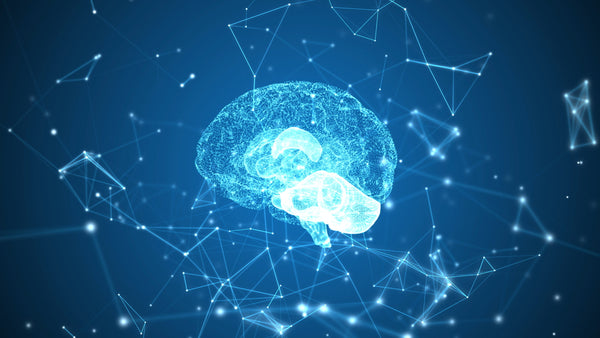
One of the most pressing issues facing the healthcare system is chronic pain. There are countless people who are looking for ways to improve their pain management. One option is to take advantage of the Gate Control Theory of pain signals, which impacts how the brain perceives pain signals coming from the spinal cord.
The central nervous system is made up of the brain and spinal cord. The peripheral nervous system is responsible for collecting pain, pressure, temperature, and coordination (proprioception) signals from the external environment. Then, all of this information is transmitted back to the spinal cord and brain for interpretation.
The Gate Control Theory of pain management considers both the central and peripheral nervous systems. Then, this theory is responsible for exploring how pain levels are determined by these two systems. How does the system play a role in pain management?
How Does the Gate Control Theory of Pain Relief Work?
In order for people to sense pain, signals must reach the brain. Not every signal that is collected from the external environment ultimately reaches the brain for processing. Instead, the spinal cord acts as a neurological gate. The spinal cord is responsible for blocking some pain signals while allowing others to pass through.
Therefore, the Gate Control Theory seeks to take advantage of the gating mechanism of the spinal cord. If it is possible to control this metaphorical gate, it may be possible to block certain pain signals from reaching the brain. Ultimately, pain severity is dependent upon where these nerve gates are located, which ones are open, and which signals are traveling to the brain. If it is possible to block certain pain signals from reaching the brain, it may be possible to change the way people manage their pain, making a significant difference in someone’s overall quality of life.
New Pain Management Strategies Are Emerging
Even though research is still ongoing, it is obvious that Gate Control Theory is gaining traction in the world of pain management. For example, touch can play a significant role in how the brain perceives pain. When someone stubs their toe or bangs their shin on a chair or table, many people pause for a second and rub the injured spouse. This touch sensory information may inhibit pain fiber activity, allowing people to recover from these acute injuries faster.
In addition, Gate Control Theory has also been proposed as an explanation for why massage and touch therapy make women feel better as they go through childbirth. By stimulating certain fibers, it may be possible to trigger certain gating mechanisms in the central nervous system. This could prevent pain signals from reaching the brain, helping people feel better. Therefore, Gate Control Theory will play an influential role in pain management moving forward. That is where the SOLIS Pain Relief System could be helpful.
The SOLIS Pain Relief System was Designed to Attempt to Take advantage of Gate Control Theory
There are numerous new pain management systems that are attempting to take advantage of Gate Control Theory to improve chronic pain management, including the SOLIS Pain Relief System. This system harnesses the power of neuromodulation therapy. Ultimately, people who use this pain relief system will be able to deliver targeted pain relief exactly where they need it most. Using this FDA-cleared pain relief technology, the SOLIS Pain Relief System uses the body’s natural gate control mechanism to effectively treat people in hospitals, clinics, pain management centers, and even at home. If you are someone you know is suffering from chronic pain, then the Gate Control Theory and the SOLIS Pain Relief System could be able to improve your quality of life as well. Learn more about Gate Control Theory and the SOLIS Pain Relief System today.
